Optimal Timing for Duct Leakage Testing
Duct leakage testing is most effective when performed during the construction or renovation phases of a building. Conducting tests before the walls and ceilings are sealed ensures easier access to ductwork and more accurate measurements. Additionally, testing during these phases can identify leaks early, allowing for timely repairs that prevent energy loss and improve system efficiency.
Performing duct leakage tests after the installation of HVAC systems provides a clear assessment of system integrity. It is recommended to test when the building is at typical operating conditions to simulate real-world performance. Regular testing at these optimal times helps maintain indoor air quality and reduces energy costs by ensuring duct systems are sealed properly.
Ideal for early detection of leaks before walls and ceilings are sealed, allowing for easier access and correction.
Conducted after HVAC installation to verify duct integrity under typical operating conditions.
Useful during renovations to identify leaks caused by modifications or damage to ductwork.
Performing tests during different seasons can reveal how temperature changes affect duct sealing performance.
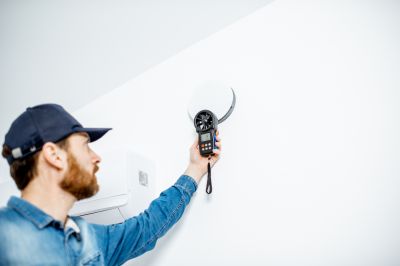
Specialized tools used to measure airflow and detect leaks in duct systems.
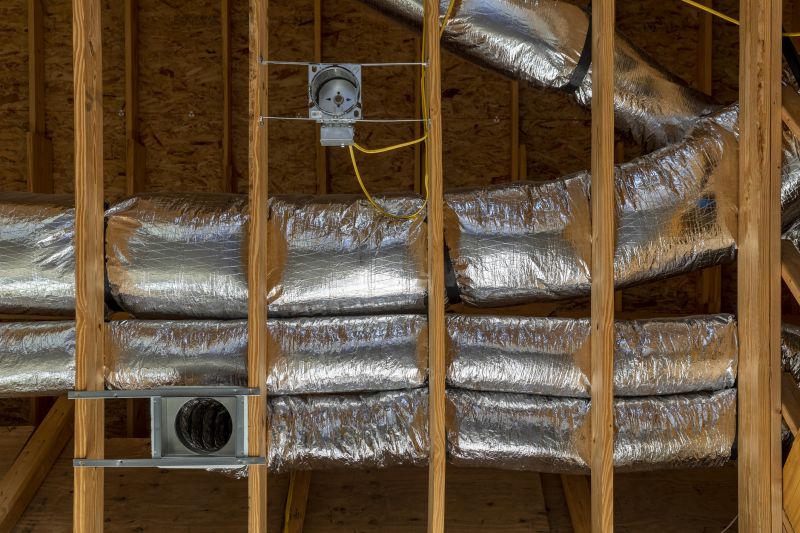
Technicians inspecting ductwork before walls are closed.
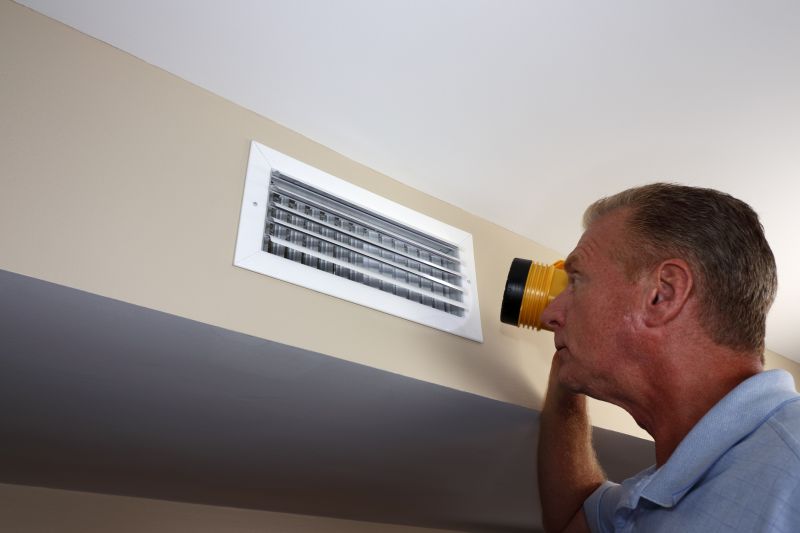
Assessing duct integrity after HVAC installation.
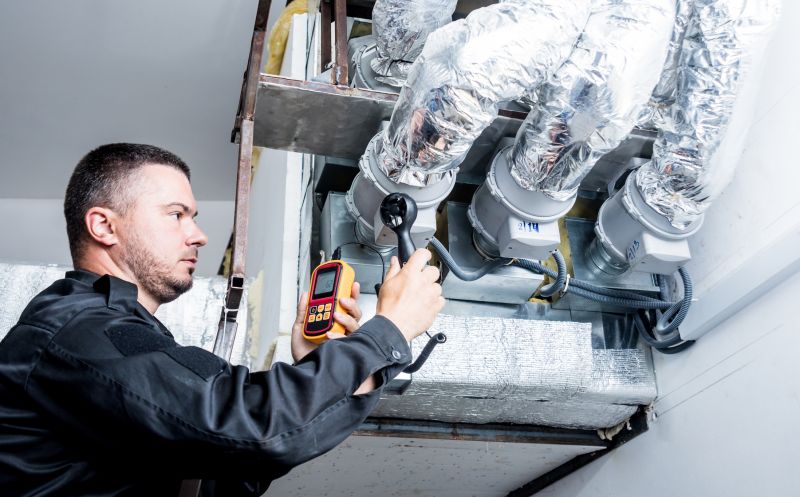
Performing tests in different weather conditions to evaluate performance.
| Timing Stage | Key Benefit |
|---|---|
| Construction Phase | Early detection of leaks, easier repairs before sealing walls. |
| Post-Installation | Verification of duct sealing under normal operating conditions. |
| Renovation Period | Identifies leaks caused by modifications or damage. |
| Seasonal Testing | Assesses performance across different weather conditions. |
| Pre-Occupancy | Ensures energy efficiency before building is occupied. |
Duct leakage testing is a critical component of maintaining an efficient HVAC system. Studies show that unsealed or poorly sealed ducts can lead to energy losses of up to 30 percent, increasing utility costs and reducing system performance. Accurate testing methods, such as blower door testing combined with duct pressurization, help identify leaks and quantify their severity. Addressing duct leaks not only improves energy efficiency but also enhances indoor air quality by reducing the infiltration of dust, pollutants, and allergens.

Technicians performing pressurization tests to detect leaks.
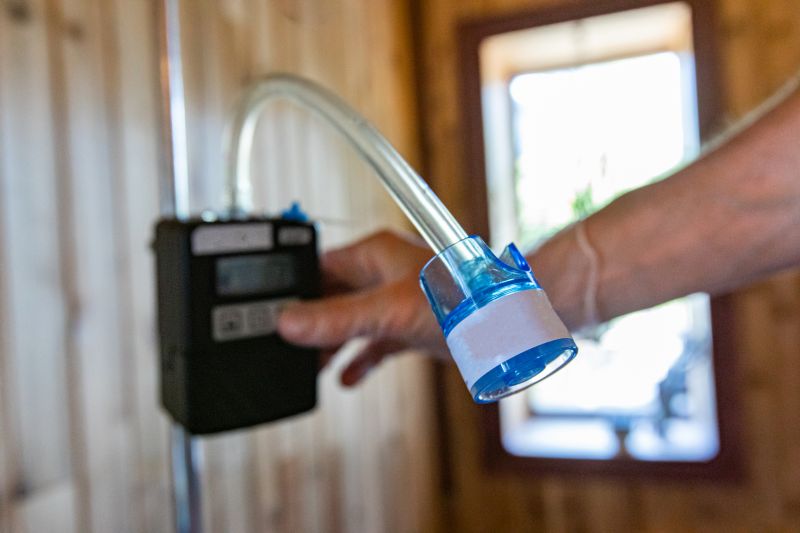
Tools used to measure airflow and detect duct leaks.
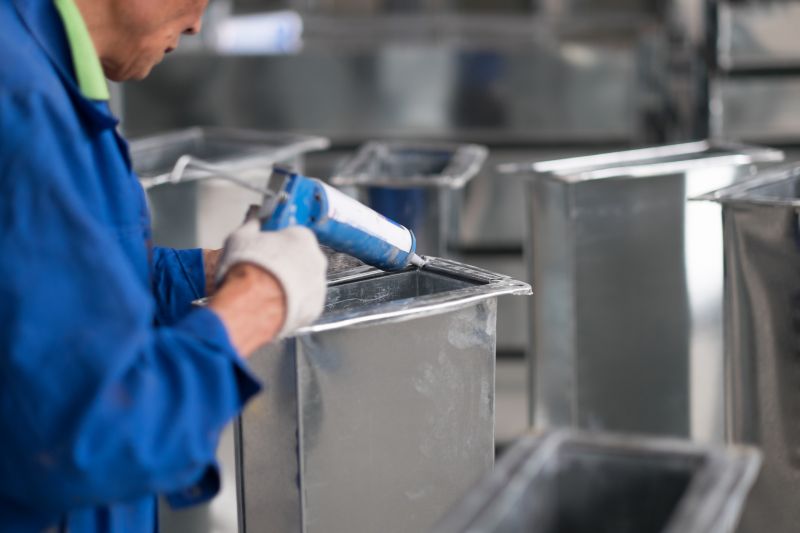
Properly sealed ductwork after testing and repairs.
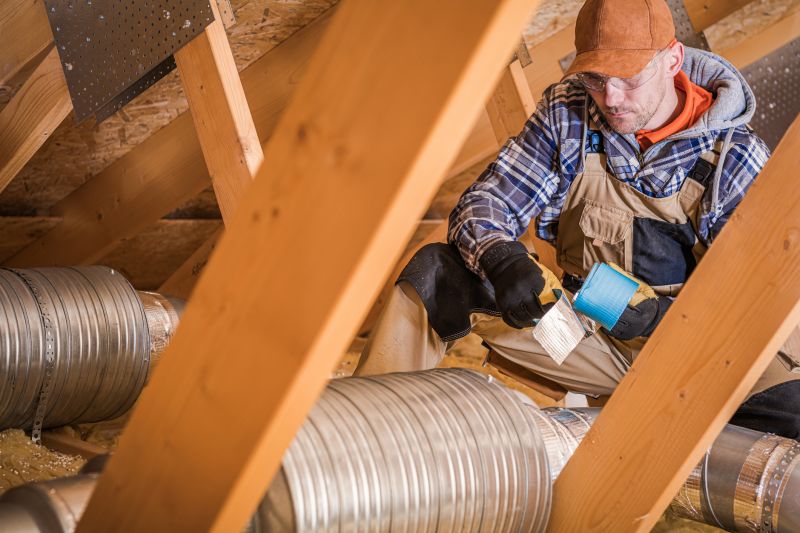
Technicians sealing duct leaks using specialized materials.

Ways to make Duct Leakage Testings work in tight or awkward layouts.

Popular materials for Duct Leakage Testings and why they hold up over time.
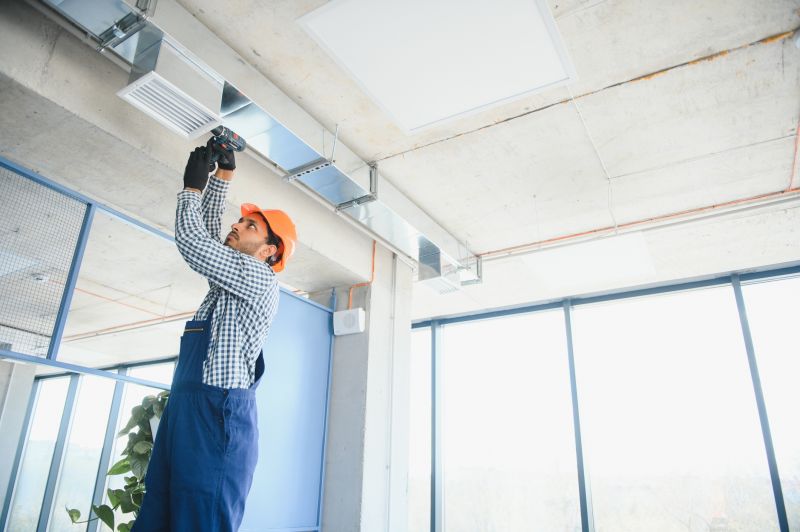
Simple add-ons that improve Duct Leakage Testings without blowing the budget.
Interested in improving your building’s energy efficiency and indoor air quality? Filling out the contact form can provide more information about scheduling duct leakage testing services and ensuring your duct system performs optimally.
